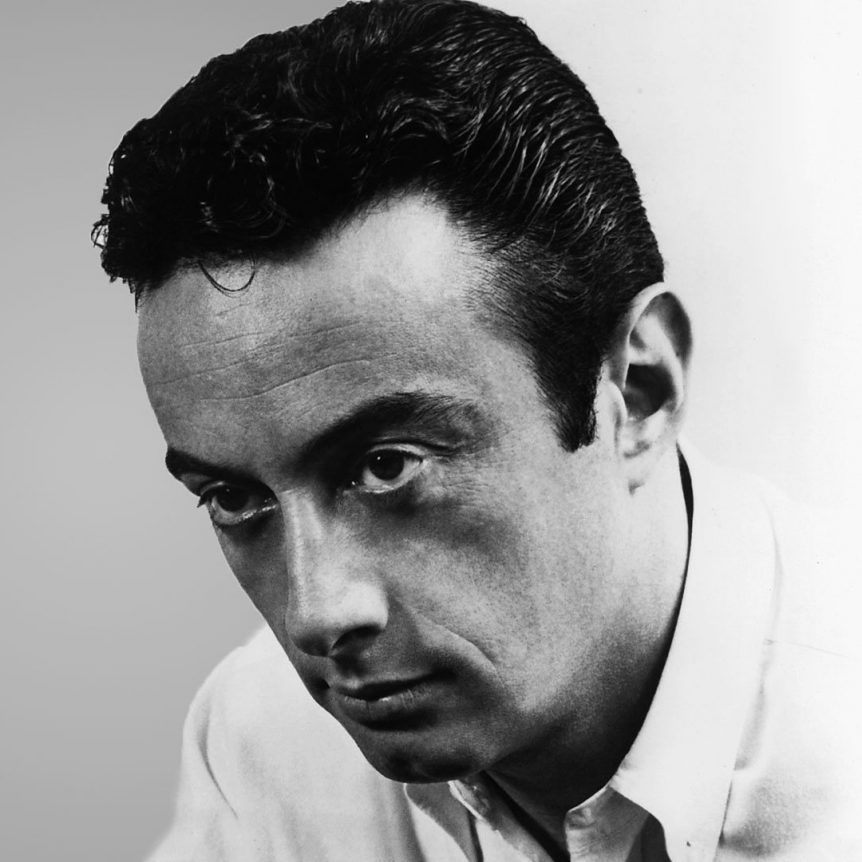America prides itself in valuing the freedom of speech, but the country has a long history of bruising fights to protect and uphold that right as guaranteed under the First Amendment of the Constitution. Starting with the Founding Fathers in the 18th century, free speech was put to the test when President John Adams restricted the right to criticize a government official.
Stacker has compiled a look at key moments and milestones in the history of censorship in America, consulting academic papers, historical accounts, legal cases, industry records, and news reports.
Many attempts at limiting free speech in the United States have come during times of war. Criticism was sharply curtailed during World War I, when vocal opponents to U.S. policy were jailed and deported. Not long before that, newspaper editors and reporters were arrested in the North for opposing the Civil War, and reports from the front were heavily censored. In World War II, newspapers were complicit in protecting U.S. interests and suppressing public information.
But it has been sex that has sparked the most passionate arguments over the limits of free speech, whether it is in explicit novels, graphic pornography, classic Greek plays, Shakespeare, poetry, or just the culture’s puritanical tendencies.
Movies and comic books have adopted systems to censor themselves as means of averting full-fledged censorship by authorities. Comic book stories were accused of sending risqué messages to children, and even the cartoon character Betty Boop started wearing longer skirts to avoid criticism.
Still today, schools across the country grapple with keeping books on their library shelves and in classroom curriculum over seemingly incessant objections that they are profanity-riddled or obscene and inappropriate. Throughout the years, the U.S. Supreme Court has drawn the lines around just what merits protection as free speech—lines that have shifted considerably over the years.
You may also like: How Americans use the internet today, by the numbers
